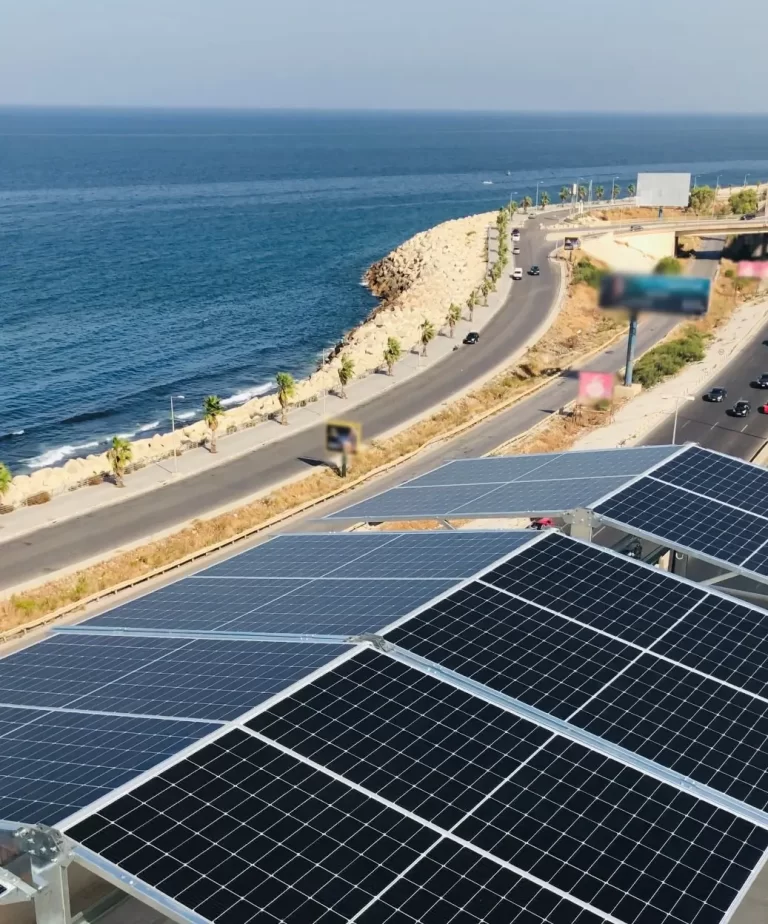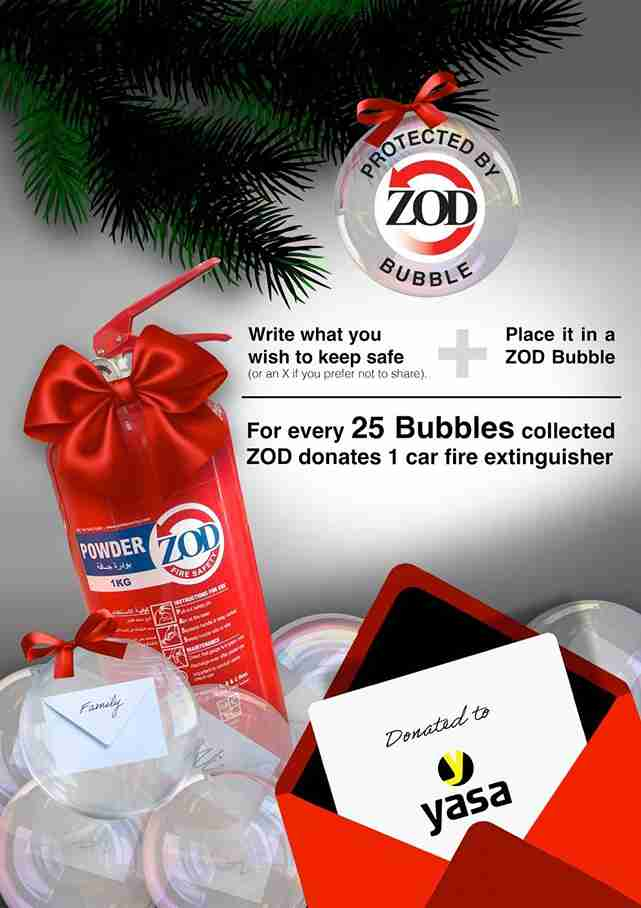Choose The Right Fire Equipment
An Expert Guide to Protecting Lives and Property Through Smart Fire Safety Decisions
When it comes to fire safety, selecting the appropriate fire equipment plays a critical role in determining the outcome of a fire incident. This expert guide provides invaluable insights and practical advice for choosing the right firefighting equipment. From alarms to extinguishers and everything in between, we empower you with the knowledge to make informed decisions and ensure the safety of yourself and others.
🔥 Fire Equipment Guide Overview
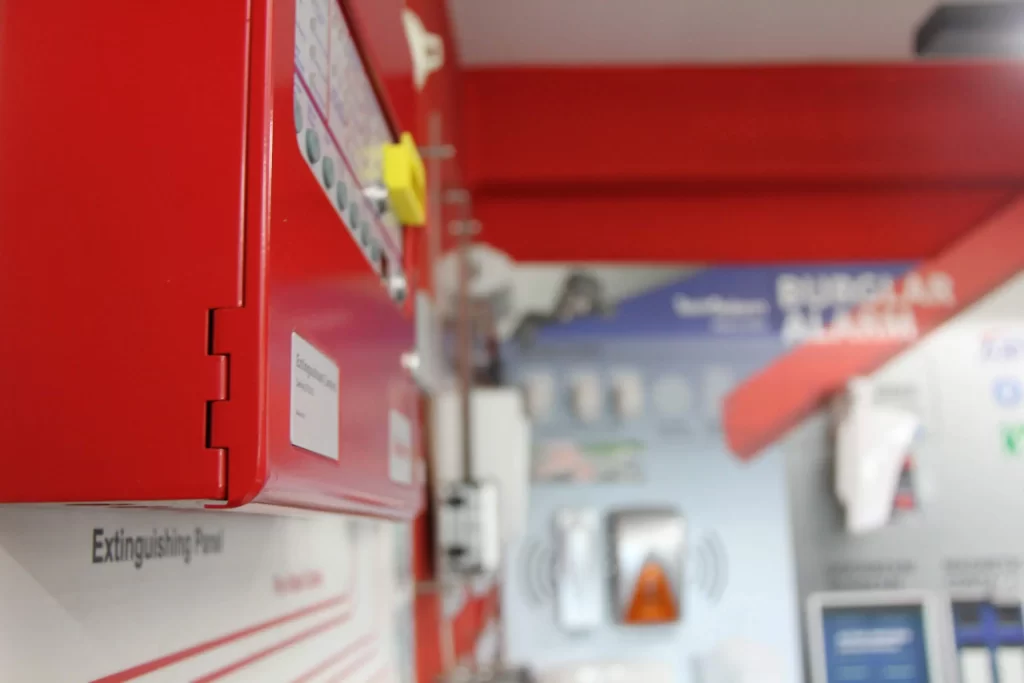
Corporate vs Residential Fire Equipment
1. Scope and Scale
Corporate Fire Equipment
Designed for large-scale commercial or industrial settings with complex infrastructure, multiple occupancy areas, and specialized operations. These solutions cover extensive areas, protect valuable assets, and ensure safety for numerous employees and customers.
Residential Fire Equipment
Focused on smaller residential settings, emphasizing personal property protection, family safety, and ensuring safe escape routes during fire incidents.
2. Regulatory Requirements
Corporate Standards
Subject to strict regulations imposed by local, national, and industry-specific authorities. Must meet specific standards and undergo regular inspections for regulatory compliance.
Residential Standards
Generally involve basic provisions like smoke detectors, accessible exits, and fire extinguishers, following local building codes and safety guidelines.
3. System Complexity
Corporate Systems
Highly complex systems combining fire detection, suppression, and evacuation technologies including alarm panels, automatic sprinklers, gas suppression, and emergency communications.
Residential Systems
Simpler solutions focusing on basic equipment like smoke detectors, fire extinguishers, fire blankets, and evacuation plans with emphasis on early warning and safe evacuation.
4. Training & Responsibilities
Corporate Training
Designated fire safety officers and trained employees manage systems with comprehensive training programs, regular drills, and emergency response protocols.
Residential Training
Individuals responsible for their own safety with basic fire safety education covering prevention, evacuation procedures, and proper equipment usage.
5. Budget & Resources
Corporate Budget
Substantial budgets allocated for robust fire protection systems, professional assessments, maintenance programs, and comprehensive training reflecting operational risks.
Residential Budget
Limited financial resources with smaller budget portions for fire safety, though basic equipment like smoke detectors and extinguishers remain essential investments.
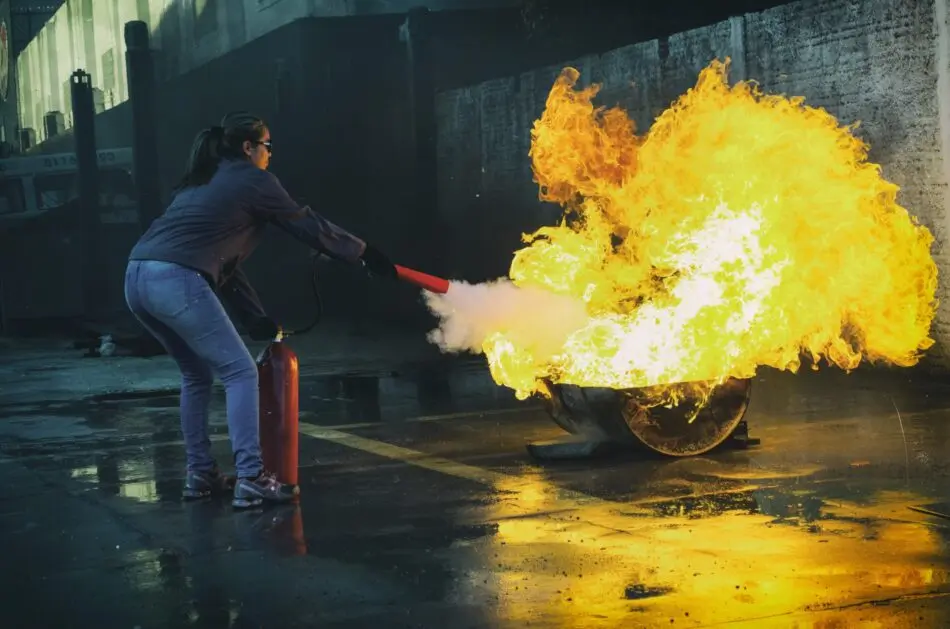
Organizations Requiring Fire Equipment
🏢 Commercial & Industrial
- Office and Corporate Buildings
- Manufacturing Facilities
- Warehouses and Distribution Centers
- Retail Stores and Shopping Malls
- Hotels and Hospitality Industry
- Restaurants and Food Service
- Data Centers and IT Facilities
🏛️ Government & Public Sector
- Government Buildings
- Hospitals and Healthcare Facilities
- Police Departments
- Airports and Transportation Hubs
- Educational Institutions
- Emergency Services
Types of Fire Equipment
Essential Fire Safety Systems
🚨 Fire Alarm Systems
Essential for early fire detection, including smoke detectors, heat detectors, and fire alarm control panels. These systems provide crucial early warning for swift evacuation and emergency response.
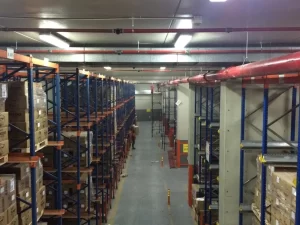
💧 Fire Sprinkler Systems
Crucial automatic fire protection systems that activate when fire is detected, releasing water or other extinguishing agents to control or extinguish flames effectively.
🛡️ Fire Suppression Systems
Specialized systems designed for high-risk areas like server rooms and kitchens, utilizing various suppression agents including water, foam, gas, and chemical agents.
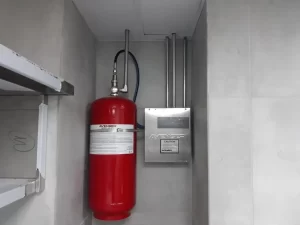
Water-Based Suppression Systems
Wet Pipe Systems
Most common sprinkler type with pipes filled with pressurized water. Reliable, cost-effective, and suitable for wide range of applications.
Dry Pipe Systems
Uses pressurized air or nitrogen instead of water, preventing freezing in cold environments below 0°C.
Deluge Systems
Open sprinkler heads that simultaneously release water when triggered, ideal for high-hazard areas requiring rapid suppression.
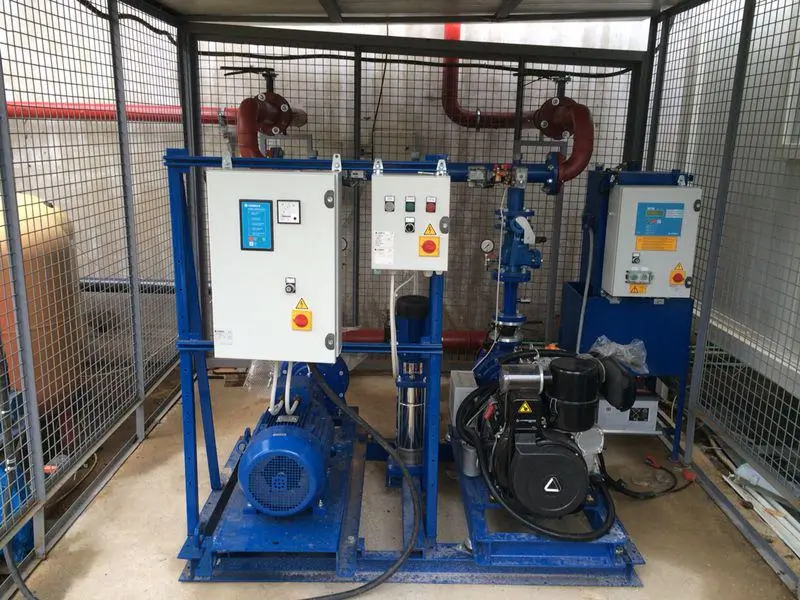
Gaseous Fire Suppression
🌿 Clean Agent Systems
Environmentally friendly agents like FM-200 and Novec 1230 that eliminate heat, or inert gas systems (Inergen) that deplete oxygen. Ideal for protecting sensitive equipment and valuable assets.
⚠️ CO2 Systems
Discharge carbon dioxide to displace oxygen and extinguish fires. Require proper safety precautions and evacuation procedures due to asphyxiation risks.
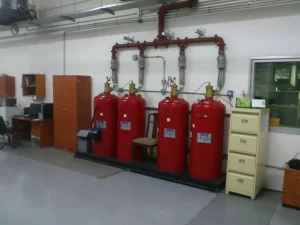
Foam Suppression Systems
High-Expansion Foam
Creates large foam volumes by mixing concentrate with water and air, forming protective barriers effective in large areas like warehouses and aircraft hangars.
Low-Expansion Foam
Generates foam with lower expansion ratios, protecting flammable liquid storage areas and preventing vapor release from fuel tanks.
Additional Fire Equipment
🧯 Fire Extinguishers
Portable devices for suppressing small fires in early stages. Different classes (ABC, etc.) suitable for various fire types including combustible materials, flammable liquids, and electrical equipment.
🚰 Fire Hose Reels
Provide reliable water or foam supply for manual firefighting. Strategically installed in high-risk areas like warehouses and manufacturing facilities.
🛡️ Fire Blankets
Fire-resistant materials for smothering small fires or protecting individuals. Particularly useful for flammable liquid or clothing fires in kitchens and laboratories.
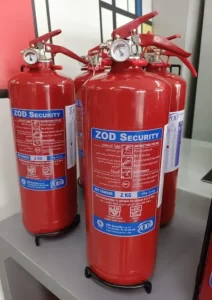
🔍 Fire Safety Regulations
Fire safety codes in Lebanon are based on internationally recognized standards. Key regulatory frameworks include:
NFPA Codes
- NFPA 1: Fire Code
- NFPA 10: Portable Fire Extinguishers
- NFPA 13: Sprinkler Systems Installation
- NFPA 72: Fire Alarm and Signaling Code
- NFPA 2001: Clean Agent Systems
International Standards
- IBC: International Building Code
- BS 5839: Fire Detection Systems
- BS 5306: Fire Extinguishing Equipment
- EN 54: European Fire Detection Standards
🎯 Expert Fire Safety Solutions
Selecting appropriate firefighting equipment requires careful consideration of fire hazards, area size, layout, and occupancy. Professional consultation ensures optimal system selection tailored to specific facility needs.
ZOD Security brings over 40 years of expertise in fire safety solutions. Our engineers design and supply optimal fire protection systems across various industry sectors, providing comprehensive portfolios from extinguishers and alarms to advanced sprinkler and suppression systems.





